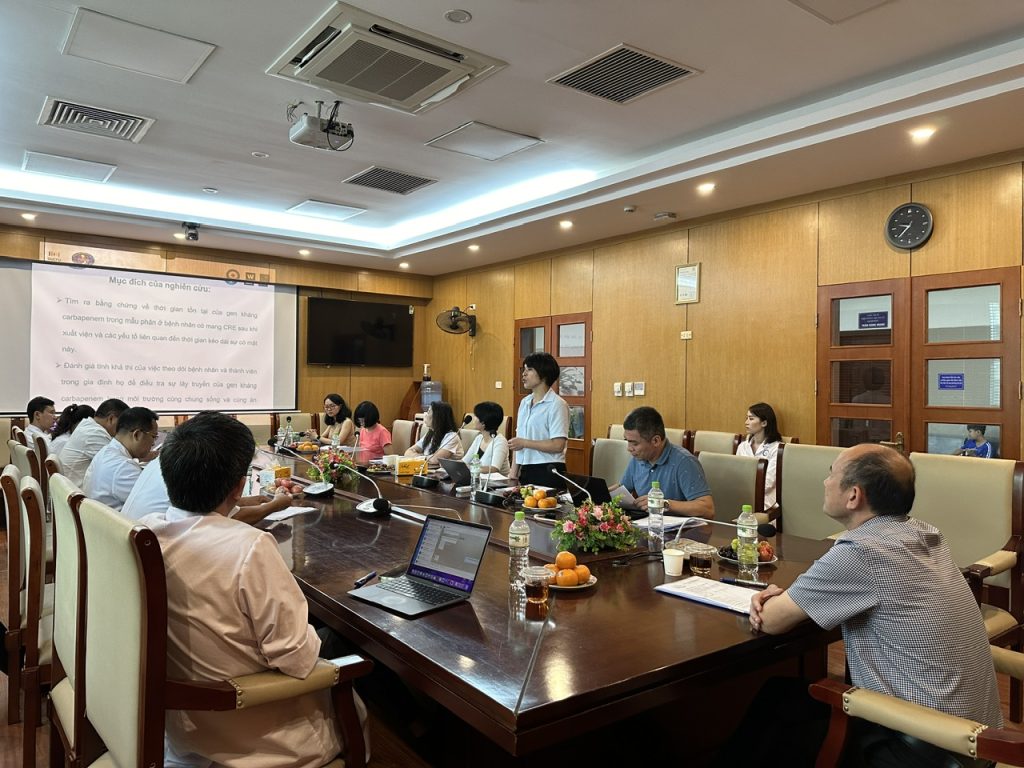Principal Investigators:
Dr Vu Thi Lan Huong – Project Lead/Principal Investigator
Dr Thomas Kesteman – Co-investigator
Dr Vu Thi Ngoc Bich – Co-investigator
Partners:
National Hospital for Tropical Diseases
Hospital of Post and Telecommunications
Funder
Wellcome
Carbapenem-resistant bacteria are among leading causes of deaths associated with drug resistance, particularly in low and middle-income countries. These include carbapenem resistant Enterobacterales (CRE) that are one of the three ‘critical’ pathogens in WHO’s Global priority list of antibiotic-resistant bacteria.
CRE easily transfer carbapenem resistance genes (CRG) to other antibiotic classes via mobile genetic elements, such as plasmids. While Enterobacterales are part of the normal gut microbiota, prolonged carriage of CRE both in hospital and community potentially presents a substantial threat. Community-acquired CRE infections are encountered more and more and frequently pose a challenge for both diagnostics and treatment. Persistent gut carriage and time to clearance of CRG are important factors to consider to prevent transmission to the community.
Primary Objectives:
Secondary Objectives:

As of the end of August 2024, the research team has successfully conducted initial meetings with the Board of Directors at two local hospitals to introduce the research. We have also finalized the contracts and are now preparing to provide training to the local research staff before data collection.